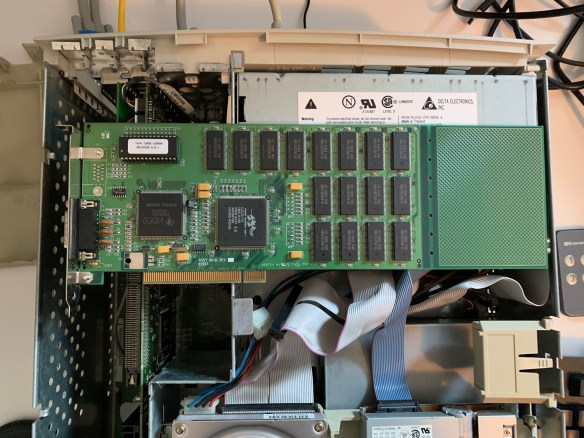A few random notes about things that can make life on macOS (the modern one, as in, circa 2023) better for those coming from Linux.
For various reasons you may end up with Mac hardware with macOS on the metal rather than Linux. This could be anything from battery life of the Apple Silicon machines (and not quite being ready to jump on the Asahi Linux bandwagon), to being able to run the corporate suite of Enterprise Software (arguably a bug more than a feature), to some other reason that is also fine.
My approach to most of my development is to have a remote more powerful Linux machine to do the heavy lifting, or do Linux development on Linux, and not bank on messing around with a bunch of software on macOS that would approximate something on Linux. This also means I can move my GUI environment (the Mac) easily forward without worrying about whatever weird workarounds I needed to do in order to get things going for whatever development work I’m doing, and vice-versa.
Terminal emulator? iTerm2. The built in Terminal.app is fine, but there’s more than a few nice things in iTerm2, including tmux integration which can end up making it feel a lot more like a regular Linux machine. I should probably go read the tmux integration best practices before I complain about some random bugs I think I’ve hit, so let’s pretend I did that and everything is perfect.
I tend to use the Mac for SSHing to bigger Linux machines for most of my work. At work, that’s mostly to a Graviton 2 EC2 Instance running Amazon Linux with all my development environments on it. At home, it’s mostly a Raptor Blackbird POWER9 system running Fedora.
Running Linux locally? For all the use cases of containers, Podman Desktop or finch. There’s a GUI part of Podman which is nice, and finch I know about because of the relatively nearby team that works on it, and its relationship to lima. Lima positions itself as WSL2-like but for Mac. There’s UTM for a full virtual machine / qemu environment, although I rarely end up using this and am more commonly using a container or just SSHing to a bigger Linux box.
There’s XCode for any macOS development that may be needed (e.g. when you want that extra feature in UTM or something) I do use Homebrew to install a few things locally.
Have a read of Andrew‘s blog post on OpenBMC Development on an Apple M1 MacBook Pro too.























